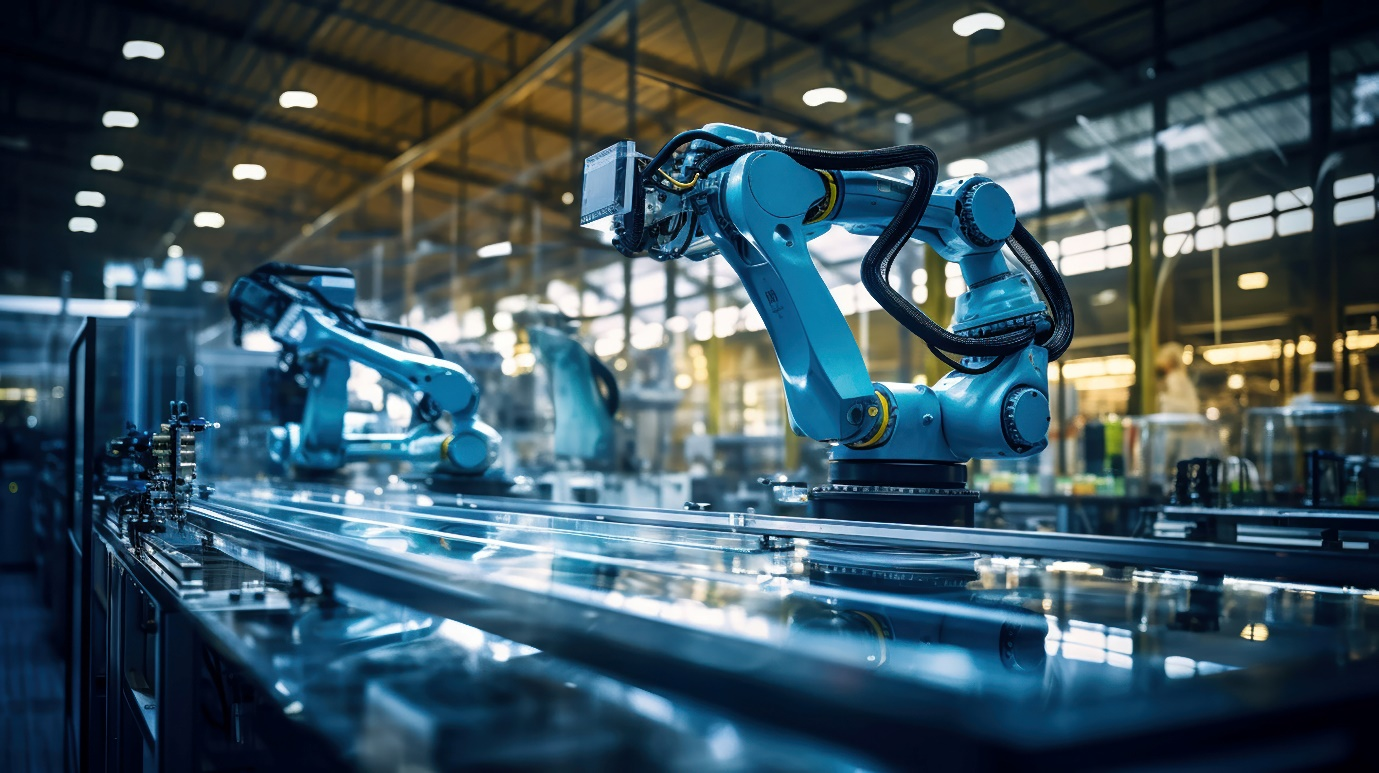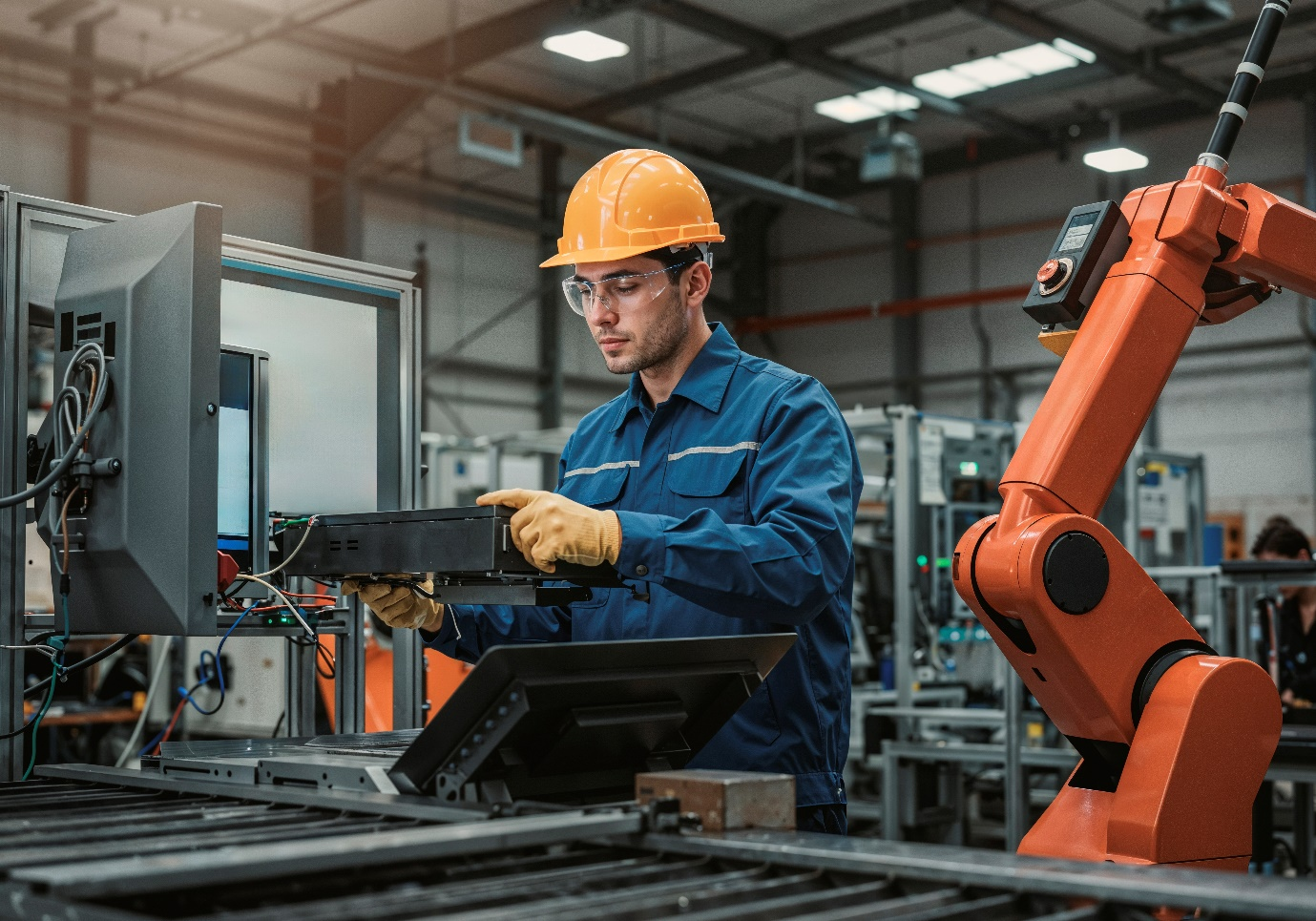
Artificial Intelligence (AI) is revolutionizing the manufacturing industry, transforming traditional processes into highly efficient, data-driven operations. As a critical component of Industry 4.0, AI is reshaping production, decision-making, and supply chain management, offering unprecedented opportunities for growth and innovation. Here’s an exploration of its current and future impact.
AI is redefining workforce dynamics in manufacturing:

Despite its potential, integrating AI into manufacturing comes with challenges:
The global AI in manufacturing market is projected to grow significantly—from $3.2 billion in 2023 to $20.8 billion by 2028—highlighting its transformative potential. Future trends include:
Wider adoption of generative AI for design optimization.
Increased use of digital twins for simulating production processes.
Autonomous factories capable of self-regulation based on external conditions.
AI is not just a tool but a transformative force in manufacturing. By enhancing efficiency, improving quality control, optimizing supply chains, and fostering sustainability, it positions manufacturers to remain competitive in an increasingly digital world. However, successful implementation requires strategic planning, workforce adaptation, and continuous innovation. As the industry evolves, embracing AI will no longer be optional but essential for long-term success.
WhatsApp us